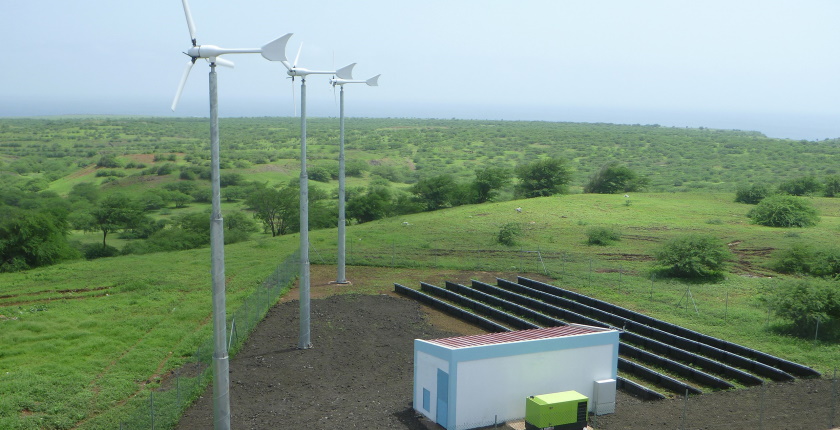
Photo: Munro89 / https://creativecommons.org/licenses/by-sa/4.0/legalcode
The expected increase in the generation of electricity from renewable sources will cover 98.3% of net growth in global power demand over the next three years, according to the International Energy Agency. Together with nuclear power, green energy is set to also make up almost the entire projected drop in output in coal- and oil-fired power plants.
The share of renewables in the global power generation mix is forecast to rise from 29% in 2022 to 35% in 2025, the International Energy Agency said in its annual Electricity Market Report. Greenhouse gas emissions from electricity production will plateau by 2025, the projections show, given that the shares of coal and gas are in decline.
Europe’s power generation emissions are expected to decrease on average by about 10% a year.
Out to 2025, more than 70% of the growth in global electricity demand is set to come from China, India and Southeast Asia. The net increase in the three-year period is projected at 2.52 PWh on an annual basis while the rise in renewables is equivalent to a stunning 98.3%. The perceived jump in nuclear power output, 302.7 TWh, would alone more than offset the expected decrease from coal and oil, while natural gas would add just 20.3 TWh.

Impact of weather events on electricity demand to intensify
Mitigating the impacts of climate change requires faster decarbonization and accelerated deployment of clean energy technologies, IEA said.
At the same time, as the clean energy transition gathers pace, the impact of weather events on electricity demand will intensify due to the increased electrification of heating, while the share of weather-dependent renewables will continue to grow in the generation mix, the report reads, highlighting the importance of flexibility and security of supply and resilience.
Birol: Renewables and nuclear power are growing quickly enough to meet almost all this additional appetite, suggesting we are close to a tipping point for power sector emissions
“The world’s growing demand for electricity is set to accelerate, adding more than double Japan’s current electricity consumption over the next three years,” IEA’S Executive Director Fatih Birol said. “The good news is that renewables and nuclear power are growing quickly enough to meet almost all this additional appetite, suggesting we are close to a tipping point for power sector emissions. Governments now need to enable low-emissions sources to grow even faster and drive down emissions so that the world can ensure secure electricity supplies while reaching climate goals.”
EU’s power demand growth in 2023 seen at 1.5%
The growth in electricity demand in the European Union is projected at 1.5% for this year and is maintaining the pace in the observed period, after tumbling 3.5% in 2022. IEA attributed the sharp decrease to demand destruction among industrial consumers because of the surge in power prices. Exceptionally mild winter added further downward pressure on consumption.
Due to severe drought, hydropower generation was particularly low. Italy saw a drop of more than 30% from its 2017-2021 average, followed closely by Spain (29%). France recorded a 20% decline.
The share of renewable sources in electricity output in Turkey rallied to 42% last year from 35%
As for Southeastern Europe, the document notes that Turkey’s hydro output came in at 5% below the five-year average. The country’s wind and solar generation expanded by 12% (4 TWh) and 80% (1.2 TWh), respectively, year over year. The share of renewables grew by seven percentage points to 42%.
Nuclear generation in the European Union was 17% lower due to closures in Germany and Belgium and unavailabilities. France faced record-low nuclear availability due to ongoing maintenance work and other challenges in its nuclear fleet.


















Be the first one to comment on this article.